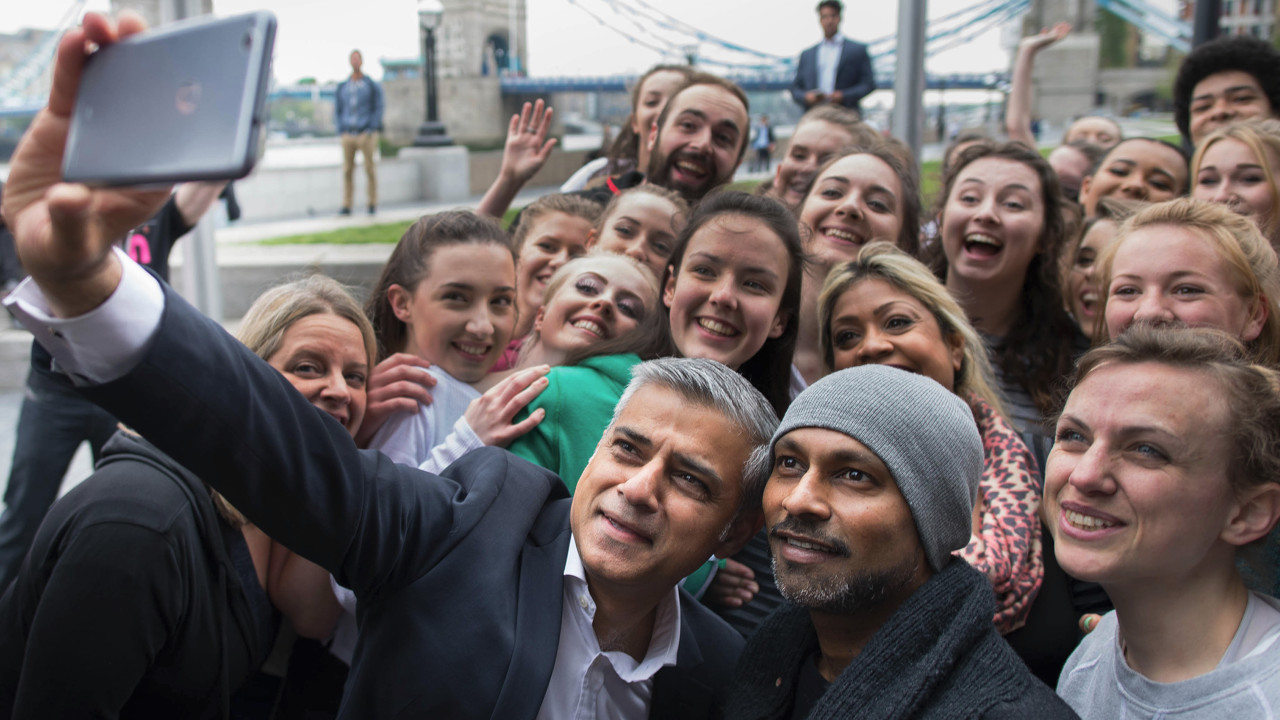Mayor of London Sadiq Khan has announced the publication of a new standard agreement which aims to improve mobile network coverage in the UK’s capital by making it easier for commercial landlords and public property owners provide access for rooftop base station installation.
The publication of a standardised access agreement is part of the Mayor’s manifesto pledge to better use public sector property for digital connectivity, and forms part of the Connected London initiative to enhance mobile and fixed fibre connectivity throughout London through financial investment and collaboration with local authorities. It has been developed by the British Standards Institution with support from the City of London, and has the approval of a steering committee made up of the legal representatives of land owners and the telecommunications sector.
The move to open the city’s rooftops to base station installation comes alongside the claim that Londoners use 38PB of mobile data each year, representing a fifth of the nation’s total mobile data usage and growing at a rate of 25 to 42 percent a year.
“Today good mobile coverage is an expectation for all those who live, work or visit London. This guidance is part of the Mayor’s commitment to enhance mobile and fixed connectivity in the capital. It helps end uncertainty which has stopped or slowed infrastructure being put in place across London with a new, consistent approach,” says City of London chief digital officer Theo Blackwell of the move. “At City Hall we are working to ensure we have the digital connectivity infrastructure needed through our new Connected London programme, to support Londoners in areas of poor connectivity and assist the future roll out of 5G, which will hugely benefit businesses and the public alike.”
“Mobile coverage, alongside the Connected London initiative, are critically important to both telecommunications’ connectivity and high technology use within the built environment. Commercial real estate, business, and public mobile users need global telecommunication systems to operate efficiently and be fit for their purpose,” adds Catherine Haslam, member of the Royal Institution of Chartered Surveyors’ Telecoms Forum Board. “Standardised access agreements are an essential step towards easing issues and delay in the telecommunications infrastructure development process, and removing mobile ‘not spots’ will crucially provide high speed services to owners, occupiers and the public. The imminent arrival of 5G technologies makes this initiative even more timely.”
The move promises to make it easier to deploy mobile infrastructure in the city, reducing the complexity of rolling out both full-scale and small-cell connectivity solutions such as the software-defined LimeNET CrowdCell. The existence of a standardised agreement will mean more rapid deployment at lower costs, allowing previously underserved areas to be covered without extreme capital expenditure.
More information on the Connected London initiative is available on the official website.
